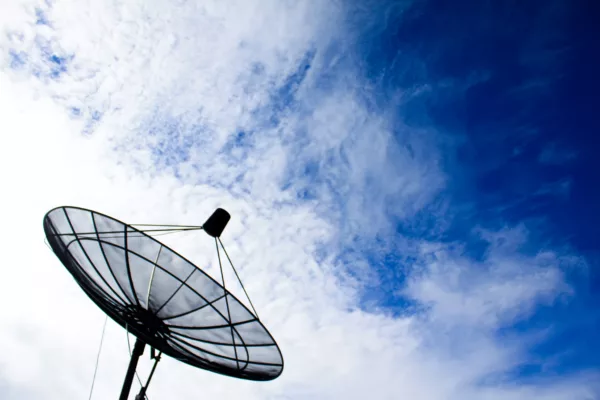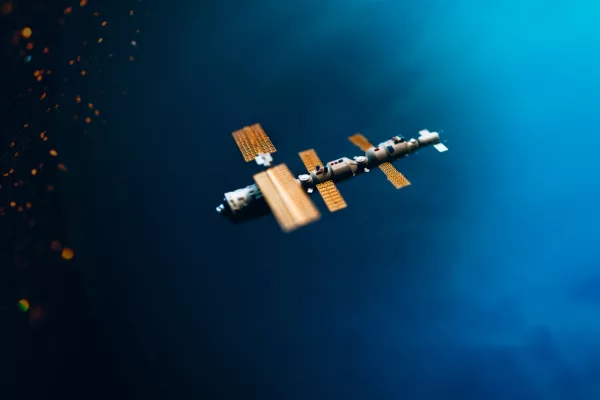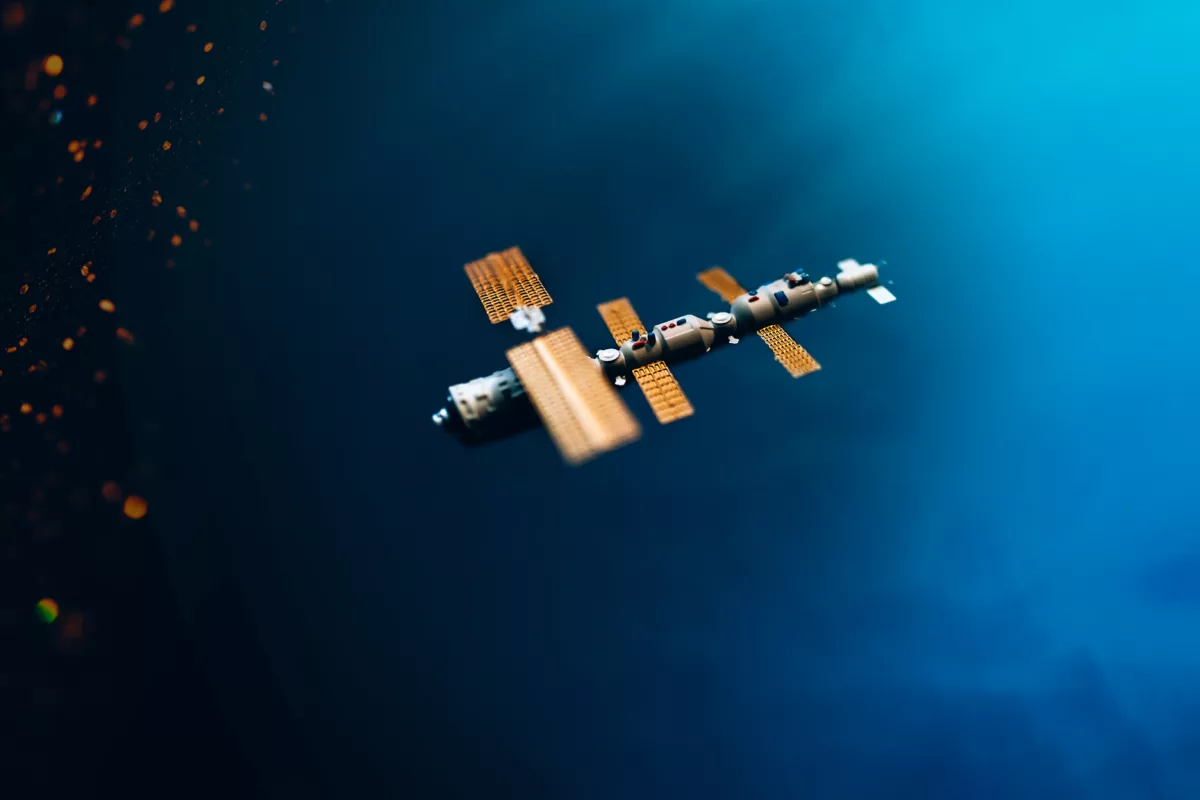Artificial spacecraft, also known as artificial earth satellites, have been used for earth measurement for several decades . Geodesy refers to the measurement and imaging of the earth’s surface; satellite geodesy is an independent branch of this scientific measurement.
Satellites and various methods are used for geodetic measurements with high accuracy. Using fixed ground stations and mobile radio receivers, it is possible to calculate distances, directions and speeds of satellites and the exact satellite orbit. With the help of special probes, the height above sea level can be measured, and the properties of the earth’s gravity field can also be recorded geodetically with this system. Through research and creation of this procedure, it was possible for the first time to determine the mathematical figure of the earth and the geoid.
Characteristics and measurement principles
A characteristic of satellite geodesy is the enormous speed and movement of the missiles within the complicated field of forces. These include, among other things, the earth’s gravity field with various orbital disturbances caused by the moon, the high atmosphere, which is affected by solar radiation and magnetic fields, etc.

Satellites move at less than eight kilometers per second within near-Earth orbits , so a minimal time error can lead to a large location error. There are high demands on exact location determination , for example on the radio technology used , the transmission of data and the availability of the reference system. Height and visual visibility were a problem in the early years but have now been overcome.
There are basically four approaches to using geodetic satellites:
- Earth observation satellites : Use of satellites as sensors or as active measuring platforms for remote sensing of the earth’s surface
- Dynamic satellite geodesy : It includes the speed measurement and orbit determination of satellites; the analysis of orbit disturbances for precise determination also play an important role in this approach.
- Geometric satellite geodesy : To determine the position of the measuring points, networks are required that are built using direction and distance measurements . This approach can be used to calculate precise coordinates .
- A combination of different approaches : currently the most relevant methods are the following: Measurements from precise orbital data , for example from GPS satellites, they allow quick navigation and positioning on the ground, thus navigation of vehicles is possible and precise location determination of probes and Satellites.
The methods of geodetic and dynamic satellite geodesy, as well as the combined methods, are further divided according to measurement method . By optimizing the measuring method, it was possible to increase the accuracy of the earth measurement, the definition of the reference system and the point determination , down to the sub-millimeter range.
Satellite geodesy and classification according to measurement methods
Satellite geodesy has a number of different measurement methods that can be used.
Direction measurement
Visual measurement: At the beginning of space travel, from 1957 to around 1970, measurements were taken against the background of the starry sky using binoculars or telescopes.
Photographic measurement: From 1957 to around 1980, ballistic cameras with photographic plates were used; so-called satellite cameras with films could be used for the measurement; they offer a focal length of 20-100 cm and an accuracy of 1-5 arc seconds . At a later point in time, GPS radio technology was added and, together with laser satellites and CCD sensors, it replaced cameras. At the beginning of the measurements, radio waves were used, but these were relatively imprecise and involved a lot of effort.

CCD cameras have been used since around 1995, increasingly since 2005. They work with automatic control and offer digital evaluation methods with high accuracy. By scanning the starry sky and measuring time, data can be used geodetically in astronomy .
Height measurement
Altitude measurement , also known as satellite altimetry, describes the travel time measurement of a radar pulse that is reflected from the sea surface . In the future, this technology should also be possible over ice surfaces. The important method of geoid determination, especially for oceanography, is used, among other things, on ESA’s ERS satellites.
The German Earth observation satellite TerraSAR-X is equipped with a unique sensor that provides extremely high-resolution images. It is primarily used for oceanographic purposes, including oil film and ship detection . It can also detect ice, wind fields and coastlines.
Distance measurement
The Doppler effect , the compression or expansion of a signal over time, is also a well-known method for such measurements. Electronic transit time measurement of coded microwaves or with radar was carried out until around 1970. Nowadays, these measurements are handled differently and produce more precise results, from which the coordinates can be determined.
These measurement methods require a correction due to the earth’s atmosphere ; their accuracy is increased by longer series of measurements; so-called two-way measurements are more accurate than one-way measurements .
Satellite geodesy and GPS
Geodesy using satellites is used when precise measurements of the earth’s surface are carried out. These processes can be used to determine exact coordinates. For this purpose, this technology uses, among other things, GPS satellites, which enable precise location if certain requirements are met.



